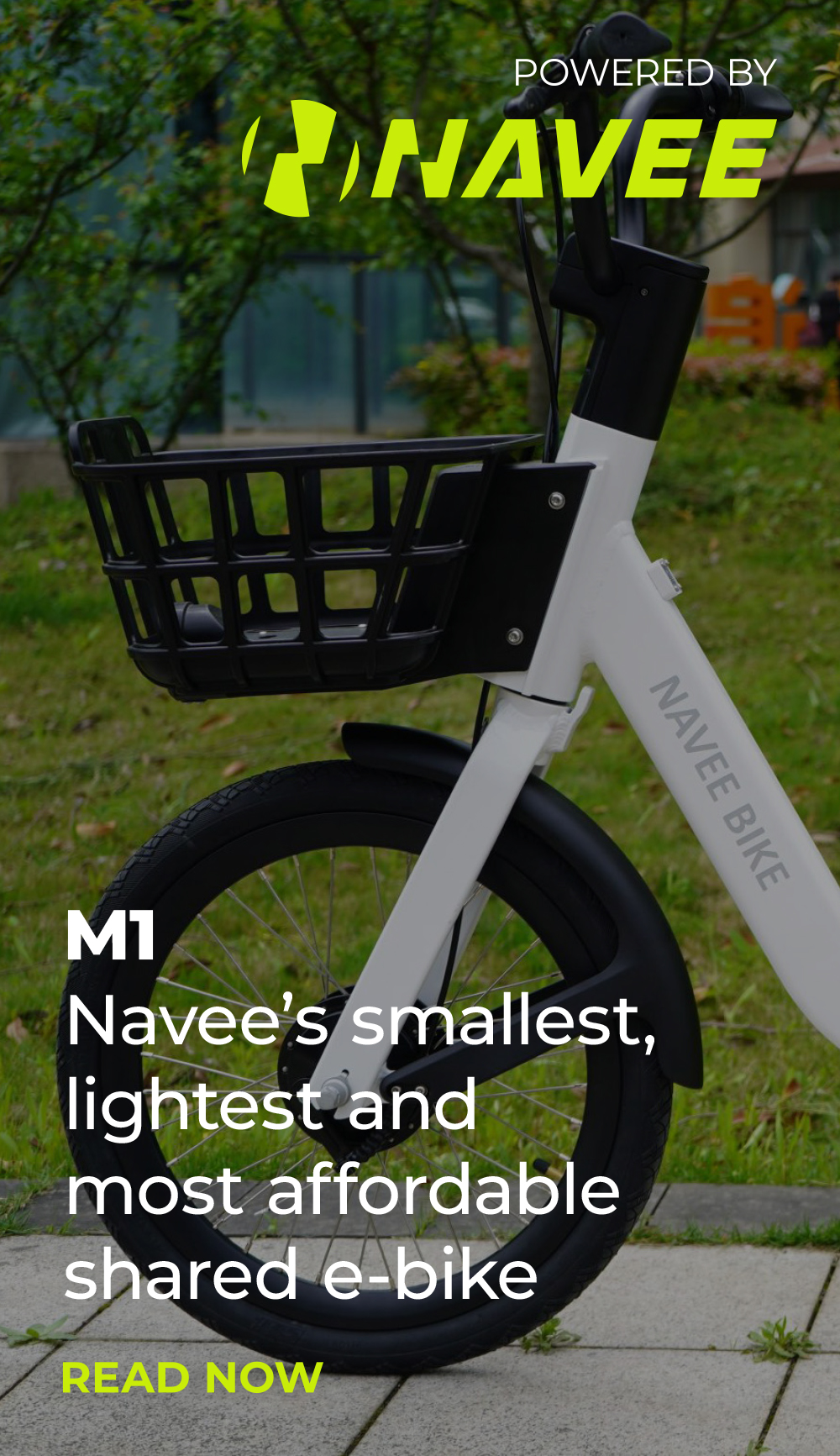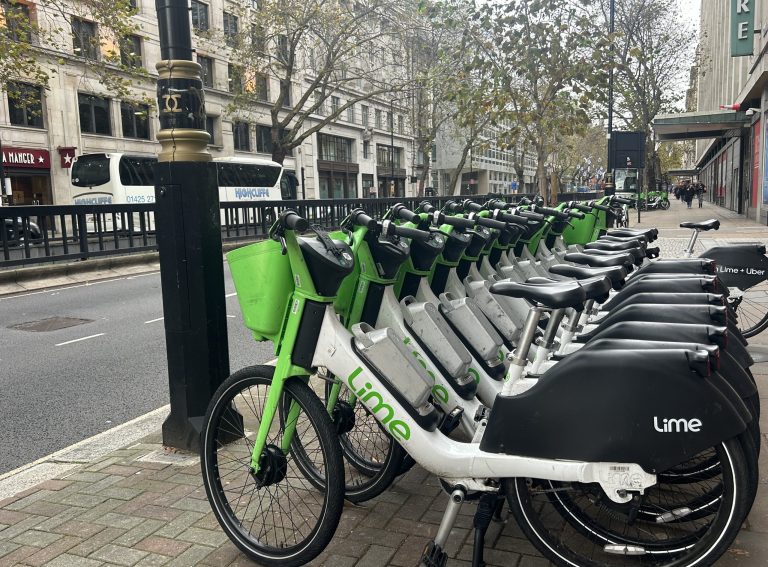E-scooters will be legal to use on Irish roads from next week under new regulations set by the government.
Under the Road Traffic and Roads Act 2023, those over the age of 16 will be able to legally use e-scooters from 20 May as long as they have a maximum speed of 20 kilometres per hour and a maximum weight of 25 kilograms.
This comes after legislation was passed by the government last year to enable these regulations to come into effect.
“Shared mobility and micromobility are widely recognised as an effective mechanism for reducing transport emissions, and car dependency,” Ireland’s Minister for Transport Eamon Ryan told Zag Daily.
“When people choose them, they not only avoid traffic jams and congestion themselves but they help free up road space so that public transport for others can run more effectively, for example.”
Minister Eamon Ryan referenced the OECD report ‘Redesigning Ireland’s Transport for Net Zero’ which highlights the potential of on-demand shared services, including micromobility to encourage the movement away from private car ownership.
“Taking this into account, and having regard to climate ambitions and targets, the potential of shared mobility is recognised across a number of Ireland’s policies and plans including our National Sustainable Mobility Policy 2022 (SMP) and the Climate Action Plan 2023.
“However, the SMP also notes the importance of seeking a balance between encouraging the uptake of e-scooters, and addressing user and public safety issues – the new regulations will help to give effect to that balance.”
What the regulations say
E-scooters must have a maximum power of 400 watts, must not be used to carry passengers or goods, and riders must use bus lanes and cycle lanes as opposed to pedestrianised zones.
The new regulations also state that e-scooters should not have seats, should be fitted with front and rear light and reflectors, brakes and a bell, and wheels should have a minimum diameter of 200mm.
“By bringing in regulations for e-scooters, e-bikes and e-mopeds, the Irish Government has recognised that rules for safety must be in place for the new and varied vehicles already being used on their roads and streets,” Deputy Executive Director for the Parliamentary Advisory Council for Transport Safety (PACTS) Margaret Winchcomb told Zag Daily.
“Each vehicle is different, meaning requirements must mitigate for a unique spectrum of risks, both hazard and danger. For e-scooters, power, speed and wheel size limits are recommendations which PACTS have made the UK Government adopt.”
However, Winchcomb also highlighted the lack of regulation on mandatory helmets.
“Because e-scooter riders fall in a different way to pedal cycles, mandatory helmets would limit the severity of head injuries. By not including this an opportunity to improve safety further has been missed.”
New regulations for e-bikes will come into force next Monday too. To be compliant with Irish legislation, e-bikes can have a maximum continuous rated power of 250 watts. Additionally, the motor output should cut off when the cyclist stops pedalling, and it should progressively decrease before the vehicle reaches its maximum speed of 25 kilometres per hour.






